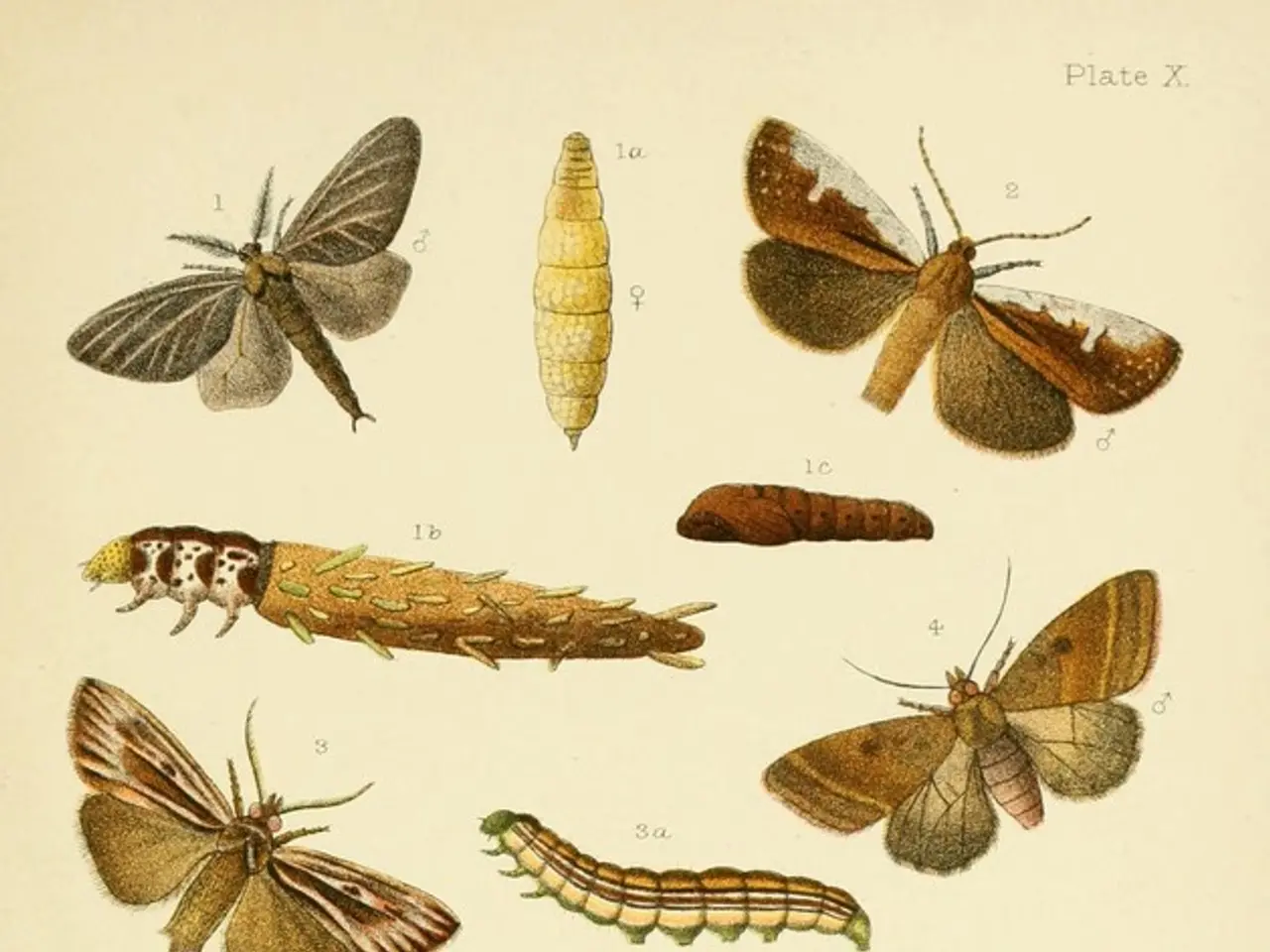Glucocerebrosidase Deficiency: An Overview of This Genetic Disorder
Gaucher disease, a genetic disorder also known as glucocerebrosidase deficiency, affects the body's ability to break down a specific type of fat called glucocerebroside. The disorder, which has three main types (Type 1, Type 2, and Type 3), can lead to a range of symptoms including enlarged spleen, liver, and bones, anemia, bone pain and fractures, neurological symptoms, and other complications such as hematological issues and thrombocytopenia.
Current management strategies for Gaucher disease focus on alleviating symptoms and improving quality of life, as there are no cures. The primary treatment options are Enzyme Replacement Therapy (ERT) and Substrate Reduction Therapy (SRT), which aim to replenish the deficient enzyme and reduce the production of glucocerebroside respectively. Supportive care may also include medications to prevent blood clots and pain management.
Type 2 and Type 3 Gaucher disease, which are more severe, require early intervention and specific considerations. Type 2, which is often acute and presents in infancy, is challenging to treat due to its progressive nature. Type 3, while less severe than Type 2, presents with neurological symptoms and may benefit from innovative therapies like Ambroxol (a chaperone therapy) when initiated early in life.
New therapies and research are offering hope for better disease management. Ambroxol chaperone therapy, for instance, has shown promise in stabilizing disease progression, particularly in Type 3 patients. Other exciting areas of focus include gene therapy, small molecule drugs, combination therapies, and improved diagnostic techniques.
The management of Gaucher disease faces challenges due to the lack of randomized clinical trials and limited commercial incentives for pharmaceutical companies to invest in these areas. However, newborn screening programs could help initiate treatment sooner, potentially improving outcomes.
Patient-centric research is increasingly focusing on understanding the quality of life and psychosocial aspects of living with Gaucer disease. This includes the establishment of patient registries and quality of life studies. Emotional and psychological support is also crucial, with therapy, support groups, and talking to friends and family being valuable resources.
Staying hydrated and avoiding excessive alcohol consumption is advisable for individuals with Gaucher disease. Diagnosing the condition involves a combination of clinical evaluation, family history assessment, and laboratory tests.
Understanding the causes and risk factors associated with Gaucher disease is essential for early diagnosis and management. Knowledge is power, and staying informed about Gaucher disease and its management options can empower patients to make informed decisions about their health.
Common questions about Gaucher disease include what it is, its symptoms, causes, diagnosis, treatments, prevention, relationship to Gaucher disease, and sources of more information. For more detailed information, patients are encouraged to consult with their healthcare providers or reputable health organisations.
In the context of managing health and wellness, understanding Gaucher disease is crucial due to its association with chronic diseases and medical conditions, particularly neurological disorders. For instance, Type 3 Gaucher disease, while less severe than Type 2, presents with neurological symptoms and could potentially benefit from innovative therapies like Ambroxol chaperone therapy when initiated early in life. Meanwhile, patient-centric research continues to explore not only the disease's treatment options but also the psychosocial aspects of living with Gaucher disease, emphasizing the importance of emotional and psychological support.




